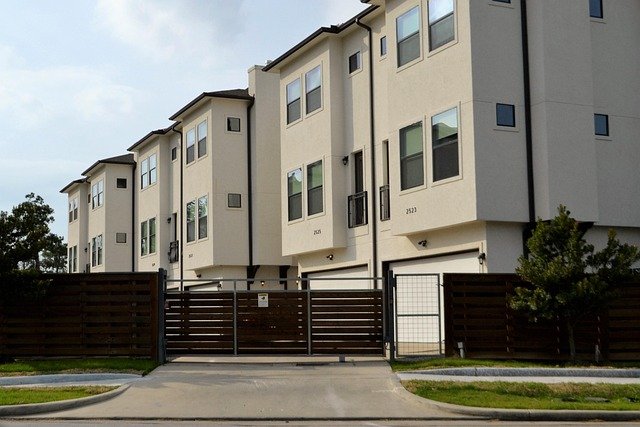Reimagining Urban Infill: Micro-Developments Reshape City Landscapes
The real estate market is witnessing a subtle yet transformative shift as micro-developments gain traction in urban centers. These small-scale projects, often occupying parcels as tiny as 2,500 square feet, are redefining the concept of infill development and offering innovative solutions to housing shortages in densely populated areas. With land scarcity driving up prices in prime locations, developers and investors are turning to these compact projects to maximize value and meet the evolving needs of city dwellers.

Addressing Urban Housing Challenges
The surge in micro-developments comes as a response to several pressing urban issues. Skyrocketing housing costs, particularly in major metropolitan areas, have left many city residents priced out of the market. Micro-developments offer a solution by increasing housing density without the need for extensive land acquisition or drastic changes to neighborhood character. By utilizing small parcels efficiently, these projects can create affordable housing options in desirable locations, helping to alleviate the strain on the urban housing market.
Design Innovations: Maximizing Space and Functionality
One of the most exciting aspects of micro-developments is the innovative design approaches they necessitate. Architects and developers are pushing the boundaries of spatial efficiency, incorporating features like multi-functional furniture, vertical gardens, and shared amenities to create livable spaces in compact footprints. These design innovations not only make micro-living more appealing but also set new standards for sustainable urban development by reducing resource consumption and promoting a more minimalist lifestyle.
Financial Implications for Investors and Developers
From an investment perspective, micro-developments offer unique opportunities and challenges. While the initial land costs may be lower compared to larger parcels, the per-square-foot development costs can be higher due to the need for custom solutions and high-end finishes to make small spaces attractive. However, the potential returns can be significant, especially in high-demand urban areas where buyers or renters are willing to pay a premium for location and innovative design.
Regulatory Hurdles and Zoning Considerations
The rise of micro-developments has not been without obstacles. Many cities’ zoning laws and building codes were not designed with these small-scale projects in mind, leading to regulatory challenges for developers. Some municipalities have begun to adapt, creating specific provisions for micro-units or relaxing minimum square footage requirements. However, navigating the regulatory landscape remains a significant hurdle in many areas, requiring developers to work closely with local authorities to bring their visions to fruition.
Impact on Urban Communities and Neighborhood Dynamics
Micro-developments have the potential to significantly impact the fabric of urban neighborhoods. On one hand, they can inject new life into underutilized spaces, increase housing options, and support local businesses by bringing in new residents. On the other hand, concerns about increased density, parking pressures, and changes to neighborhood character have led to pushback in some communities. Successful micro-development projects often involve extensive community engagement to address these concerns and ensure that new developments complement existing neighborhood dynamics.
The Future of Urban Real Estate: Scalability and Market Potential
As the concept of micro-developments gains traction, questions arise about its scalability and long-term market potential. While these projects excel at addressing specific urban challenges, their impact on overall housing supply remains limited compared to larger developments. However, the principles of efficient design and creative use of space pioneered in micro-developments are increasingly influencing mainstream real estate projects, suggesting a broader shift in urban development paradigms.
A Small Solution with Big Implications
Micro-developments represent more than just a trend in real estate; they embody a reimagining of urban living for the 21st century. By challenging conventional notions of space, value, and community, these small-scale projects are playing an outsized role in shaping the future of our cities. As urban populations continue to grow and housing challenges persist, the innovative approaches pioneered in micro-developments may well become essential tools in creating sustainable, livable urban environments for generations to come.





